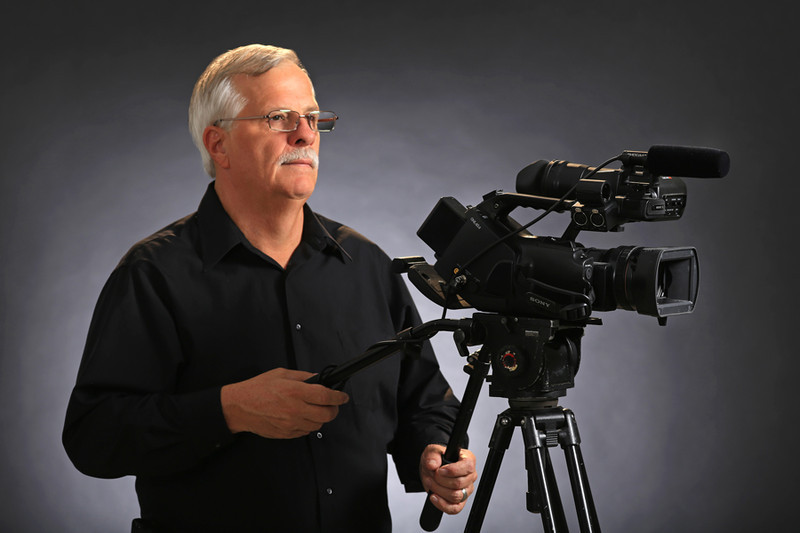Comprehensive Legal Videography for Trials.
Comprehensive Legal Videography for Trials.
Blog Article
Why Legal Videography Is Essential for Accurate Legal Record-Keeping
In the realm of lawful proceedings, the accuracy of record-keeping is paramount, and lawful videography emerges as a vital device in this context. As we check out the multifaceted advantages of lawful videography, one need to consider its ramifications for the future of judicial stability and openness.
Relevance of Visual Proof
Developing the value of visual proof in legal procedures is critical for making certain precise record-keeping and improving the total stability of the judicial procedure. Aesthetic proof functions as a crucial device in recording events, problems, and other significant details that may be essential to a case. Unlike composed accounts, which are vulnerable to analysis and prejudice, visual recordings give an objective, unalterable depiction of realities as they happened.


This kind of evidence can record a selection of components, consisting of witness actions, ecological context, and physical proof, every one of which might affect judicial outcomes. By providing a clear and extensive aesthetic narrative, legal videography eliminates uncertainty and aids to preserve the credibility of the evidence.
Furthermore, aesthetic evidence can be important in decreasing conflicts over accurate discrepancies, as it allows for a straight contrast versus testimony and various other documented documents. In a period where electronic technology is increasingly common, the capacity to existing visual proof successfully can considerably improve the total quality of legal process. Eventually, the unification of aesthetic proof not just boosts the documents procedure however also strengthens public rely on the judicial system by advertising openness and liability.
Enhancing Statement Trustworthiness
The integration of legal videography into court proceedings considerably improves the reliability of witness testimony. By capturing the nuances of spoken and non-verbal interaction, video clip recordings give a more detailed depiction of a witness's behavior, feelings, and reliability. This aesthetic documentation permits jurors to observe the witness's body movement, facial expressions, and general conduct, which are essential parts that can influence their perception of testimony trustworthiness.
In addition, legal videography minimizes the potential for false impression or distortion of testament that might take place in composed transcripts. Customers can see and listen to the testimony as it existed, guaranteeing that the context and tone are maintained. This credibility cultivates a higher feeling of count on among jurors, that may be much more inclined to think testimony that they can witness firsthand.
Furthermore, the visibility of video footage can deter witnesses from supplying misleading or overstated declarations, as they realize that their testament is being videotaped. This liability enhances the honesty of the click over here judicial procedure. Inevitably, legal videography functions as a vital tool in ensuring that witness testimony is not only accurately portrayed however also seen with increased reputation by all celebrations included.
Comprehensive Record Conservation
Comprehensive record conservation is important for preserving the honesty of legal proceedings. Lawful videography acts as an important device in this procedure, supplying an exact aesthetic and acoustic account of statements, depositions, and other turning points in an instance. Unlike traditional written records, video clip recordings capture the nuances of body movement, tone, and emotion, which are vital for recognizing the context and intent behind statements made during lawful proceedings.

Additionally, the ability to evaluate video clip proof allows lawful experts to identify crucial information that may have been forgotten in created records. By preserving a detailed archive of legal process via videography, law practice can support the highest requirements of accuracy and responsibility, eventually adding to a fairer judicial process.
Simplifying Lawful Proceedings
Enhancing lawful proceedings is vital for improving effectiveness and minimizing hold-ups within the judicial system. Legal videography acts as a critical tool in attaining this objective by go to this website giving clear and exact visual documentation of court hearings, depositions, and testaments. This modern technology enables for real-time recording, guaranteeing that all verbal and non-verbal cues are captured, which can promote quicker resolution of conflicts.
The integration of videography right into legal processes minimizes reliance on conventional methods, such as extensive transcripts, which can be taxing to create and review. By having actually access to taped footage, attorneys can quickly reference crucial moments, improving their capacity to prepare and existing cases effectively. This immediacy likewise aids in the clarifying of testaments, lowering the potential for misinterpretation.
Furthermore, visual documentation fosters an extra engaging courtroom experience for jurors, helping them to realize complex details quicker. Eventually, legal videography enhances interaction amongst all celebrations entailed, from attorneys to judges to jurors, thereby advertising a more reliable judicial process (legal videography). In a period where time is important, accepting this modern technology is crucial for the contemporary legal landscape
Admissibility in Court
Exact documents is vital not only for performance however also for guaranteeing that proof is permissible in court. Legal videography offers as a crucial tool in this procedure, giving a reliable aesthetic record of statements, statements, and events.
To be regarded admissible, lawful videography needs to follow established methods, such as correct tools use, appropriate illumination, and clear sound capture. In addition, it is necessary to have actually qualified videographers who understand the legal demands surrounding proof collection. The chain of custodianship need to also be maintained to avoid any type of claims of meddling or change.
Furthermore, legal videography can boost the persuasiveness of evidence by supplying jurors with a straight view of the testament, permitting a much more involved understanding of the case. In summary, the assimilation of legal videography into record-keeping not just supports performance but also bolsters the stability and admissibility of proof in court procedures.
Conclusion
In final thought, lawful videography plays a crucial role in ensuring accurate lawful record-keeping by providing objective visual documents. Eventually, the incorporation of lawful videography into the these details judicial process advertises transparency and strengthens public trust in the integrity of the legal system.
Report this page